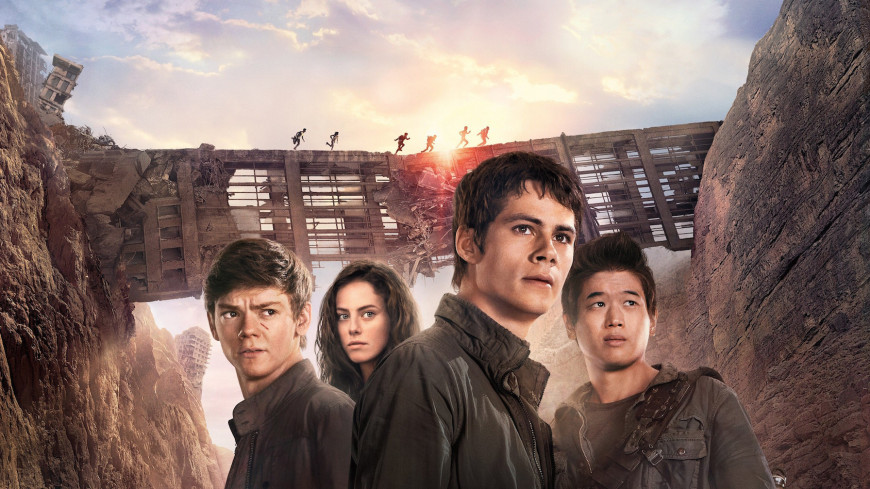Maze Runner

Since its inception. Literature has been a portal into fantastical realms, transporting readers to worlds beyond their imagination. Among the plethora of young adult dystopian novels that emerged in the wake of franchises like “The Hunger Games” and “Divergent,” James Dashner’s “The Maze Runner” series stands out as a labyrinthine journey through mystery, survival, and the resilience of the human spirit.
Table of Contents
ToggleOrchestrating
Published in 2009, “The Maze Runner” introduces readers to Thomas, a young protagonist who wakes up in a mysterious glade with no memory of his past, surrounded by towering walls that enclose a perplexing maze. As Thomas navigates this perilous environment alongside a group of boys known as the Gladers, he unravels the secrets of their confinement and confronts the sinister forces orchestrating their ordeal.
Emotional Turmoil
The allure of “The Maze Runner” lies not only in its gripping plot but also in its exploration of themes such as identity, friendship, and the consequences of scientific experimentation. Dashner masterfully crafts a sense of claustrophobia within the maze, mirroring the characters’ emotional turmoil and their desperate quest for freedom.
Ambiguous Methods
As the series progresses with “The Scorch Trials” and “The Death Cure,” the scope expands beyond the confines of the maze, plunging readers into a post-apocalyptic world ravaged by a deadly virus known as the Flare. The Gladers’ journey evolves into a battle against the oppressive organization WICKED, whose elusive motives and morally ambiguous methods blur the lines between heroism and villainy.
Prove Unbreakable
One of the series’ strengths is its ensemble cast of characters, each with their own distinct personalities and motivations. From the courageous Thomas to the fiercely loyal Newt and the enigmatic Teresa, Dashner creates a tapestry of individuals whose bonds are tested by adversity, yet ultimately prove unbreakable in the face of overwhelming odds.
Pulse-Pounding
“The Maze Runner” series transcends the typical tropes of the dystopian genre by incorporating elements of mystery and psychological suspense. Dashner deftly balances moments of pulse-pounding action with introspective scenes that delve into the characters’ innermost fears and doubts, adding depth and nuance to the narrative.
Captivating Audiences
Beyond its literary merits, “The Maze Runner” series has left an indelible mark on popular culture, spawning a successful film franchise and inspiring a dedicated fanbase around the globe. The adaptation, starring Dylan O’Brien as Thomas, brought Dashner’s vivid world to life on the silver screen, captivating audiences with its visually stunning depiction of the maze and its inhabitants.
Inclusivity
The series is not without its controversies, particularly concerning its portrayal of certain themes and characters. Critics have raised valid concerns about the lack of diversity within the main cast and the treatment of female characters, highlighting the importance of representation and inclusivity in young adult literature.
Inspiring Reader
Despite these criticisms, “The Maze Runner” remains a compelling saga that continues to resonate with readers of all ages. Its blend of adrenaline-fueled adventure, thought-provoking themes, and unforgettable characters ensures its place among the pantheon of iconic dystopian novels, inspiring readers to ponder the nature of humanity and the power of hope in the darkest of times.
Conclusion
“The Maze Runner” series is a testament to the enduring appeal of dystopian fiction and the boundless creativity of its creators. Through its labyrinthine plot and richly drawn characters, it invites readers on a thrilling odyssey of discovery and self-discovery, leaving an indelible imprint on their hearts and minds long after the final page is turned.
